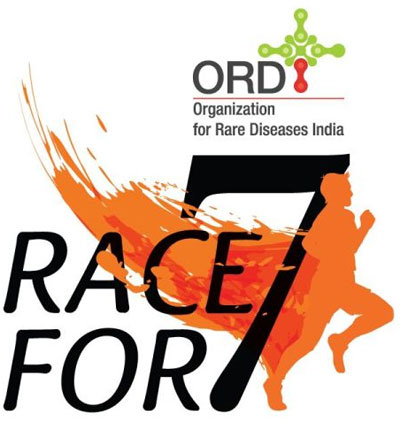Congenital Hyperinsulinism (CHI) is a rare genetic disorder of pancreatic β-cells that secrete excess amount of insulin causing severe persistent hypoglycemia (low blood glucose) in new-born babies and children.
Insulin, a hormone secreted by the β-cells of the islets of Langerhans of pancreas, is chiefly involved in the regulation of carbohydrate (glucose) metabolism. Any increase in blood glucose (sugar) concentration is the most important physiologic factor leading to insulin secretion. Insulin in turn leads to break down of glucose (glycolysis) into energy thereby decreasing glucose concentration in the blood. Additionally, insulin also prevents formation of new glucose (gluconeogenesis) conversion of fat into ketones (ketogenesis), which act alternative fuel for the body in absence of glucose.
Typically, child with hyperinsulinism will have detectable / raised insulin concentrations (hyperinsulinemic) with low ketone bodies (hypoketotic) and free fatty acids (hypofattyacidemic) at the time of low blood glucose concentration (hypoglycemia).
CHI causes repeated episodes of hypoglycemia because of dysregulated insulin secretion during low blood glucose concentrations in newborn babies and children. As a result, insulin suppresses ketone bodies formation and this unavailability of glucose and alternative fuels (ketone bodies) increase the risk of brain damage in these patients.
Previously used names of CHI:
-
Hyperinsulinemic Hypoglycemia of Infancy
-
Infancy Hyperinsulinemic Hypoglycemia
-
Neonatal Hypoglycemia
-
Persistent Hyperinsulinemic Hypoglycemia of Infancy
-
Neonatal Nesidioblastosis/Neonatal Insulinoma
-
Islet cell dysregulation syndrome
-
Idiopathic hypoglycemia of infancy
We appreciate the efforts of Dr. Jaikumar Contractor and Dr. Pratik Shah in curating the content of Congenital Hyperinsulinism



